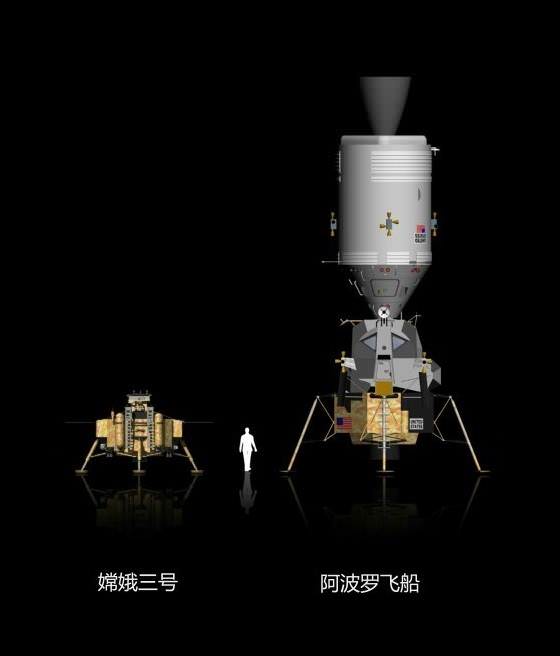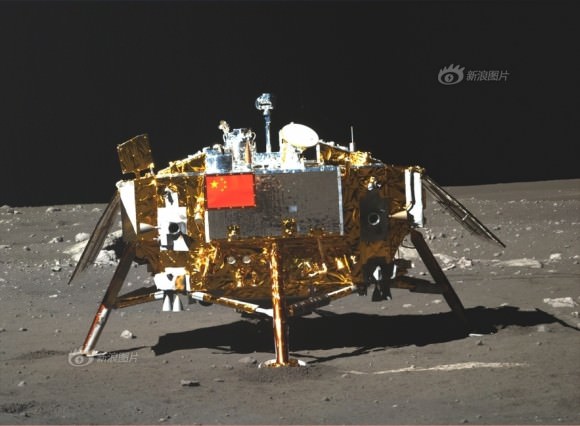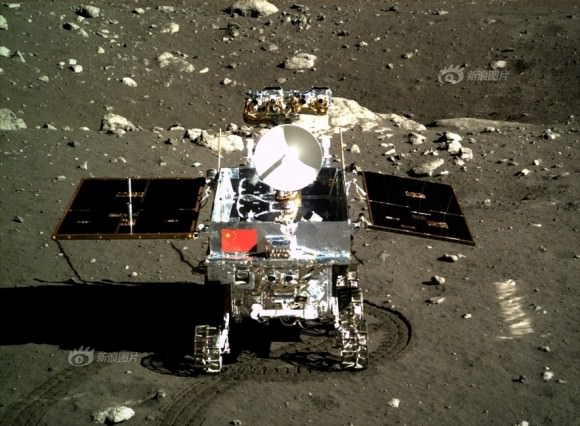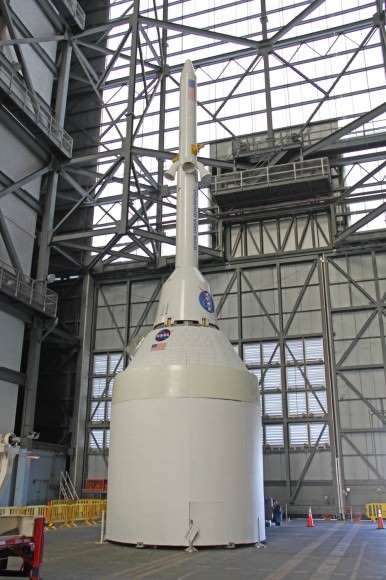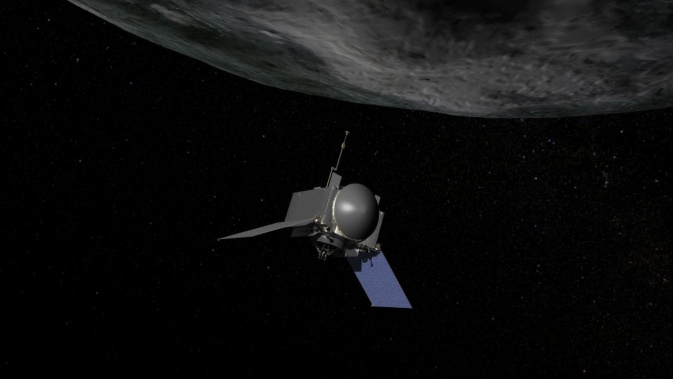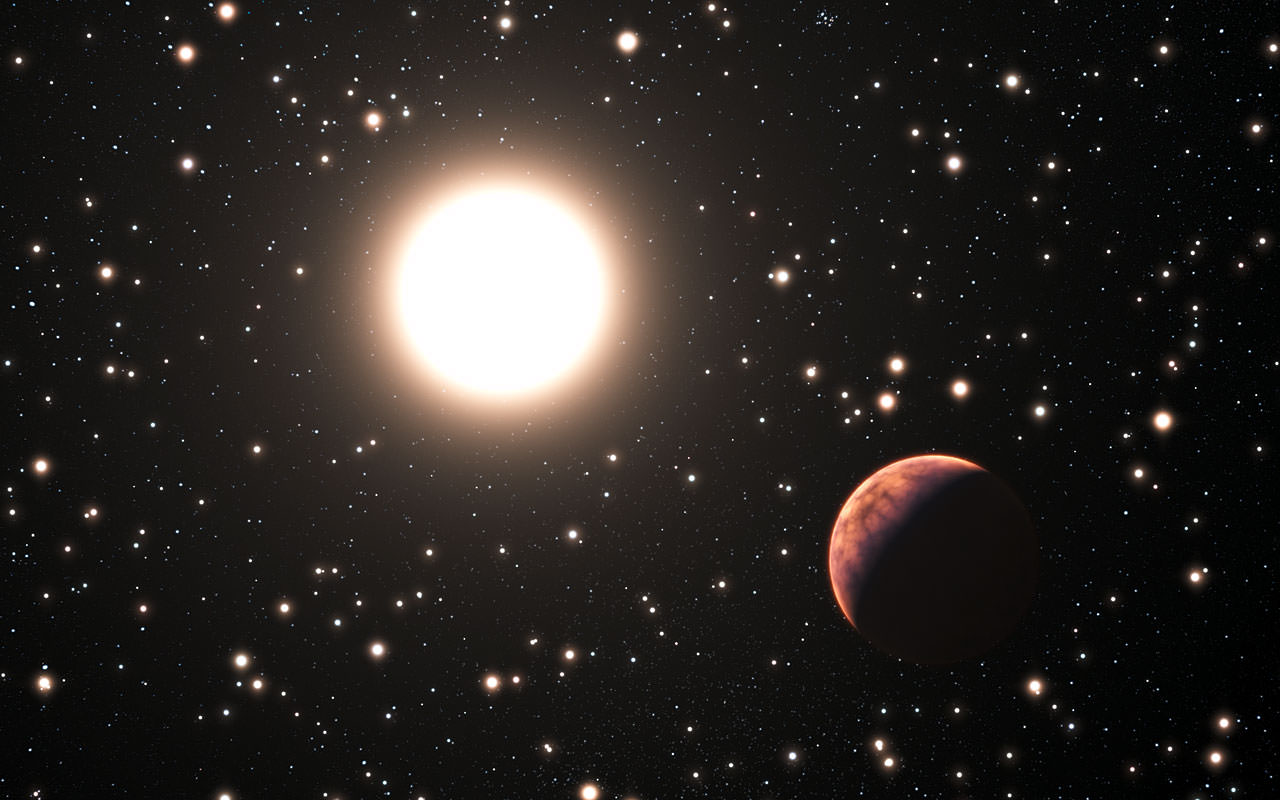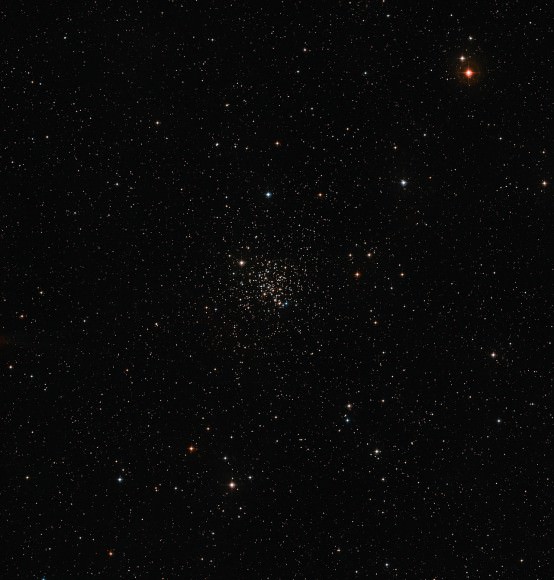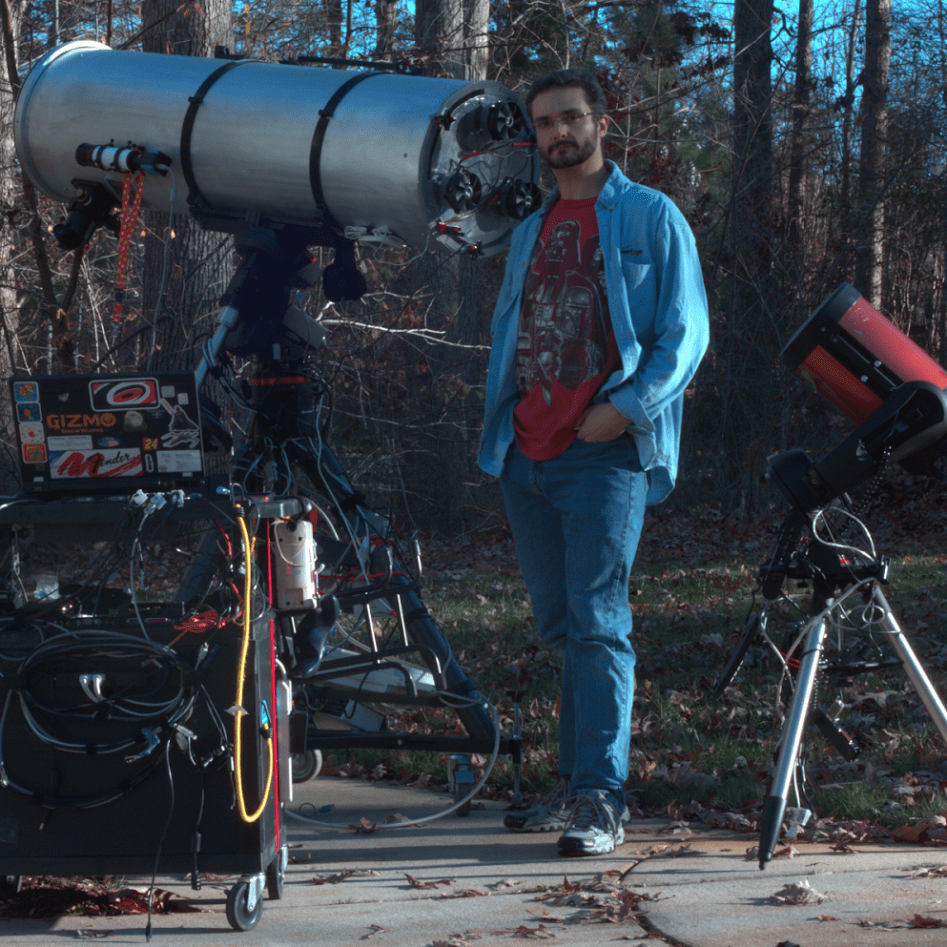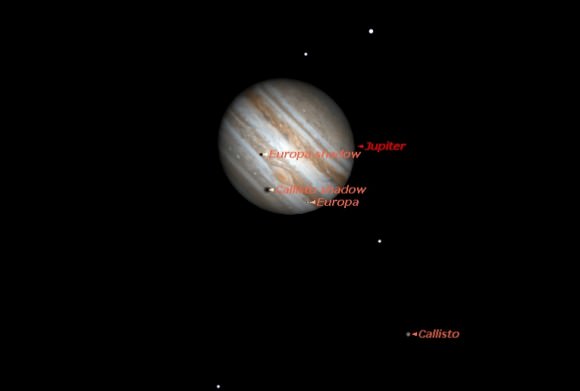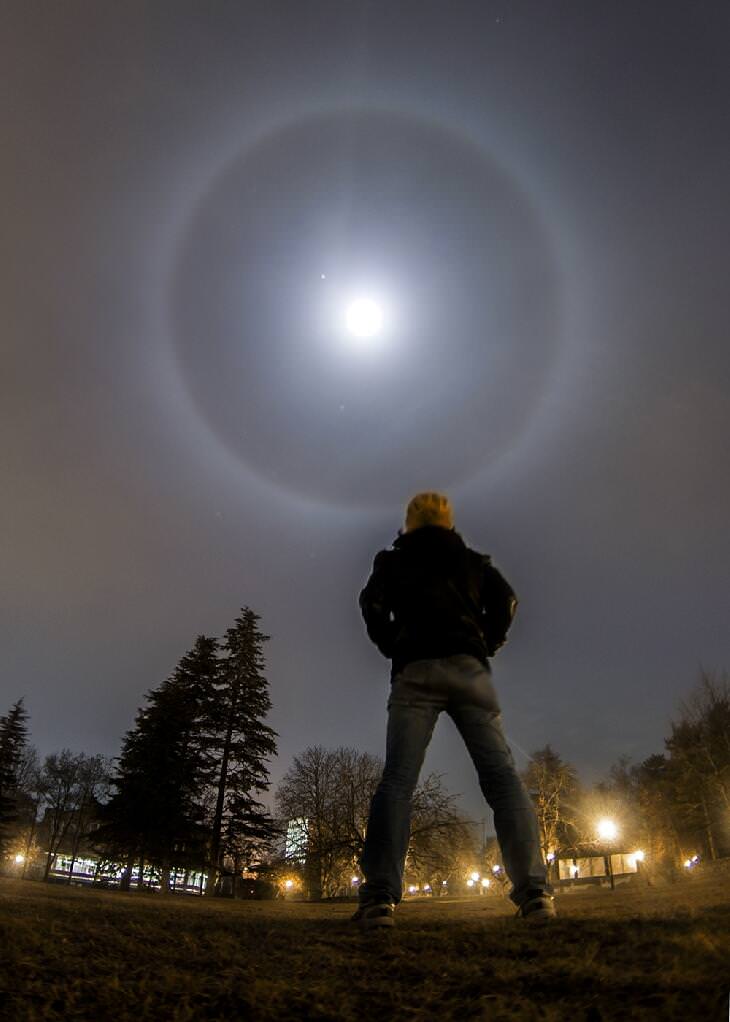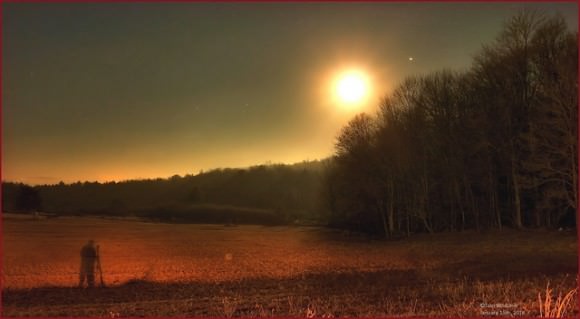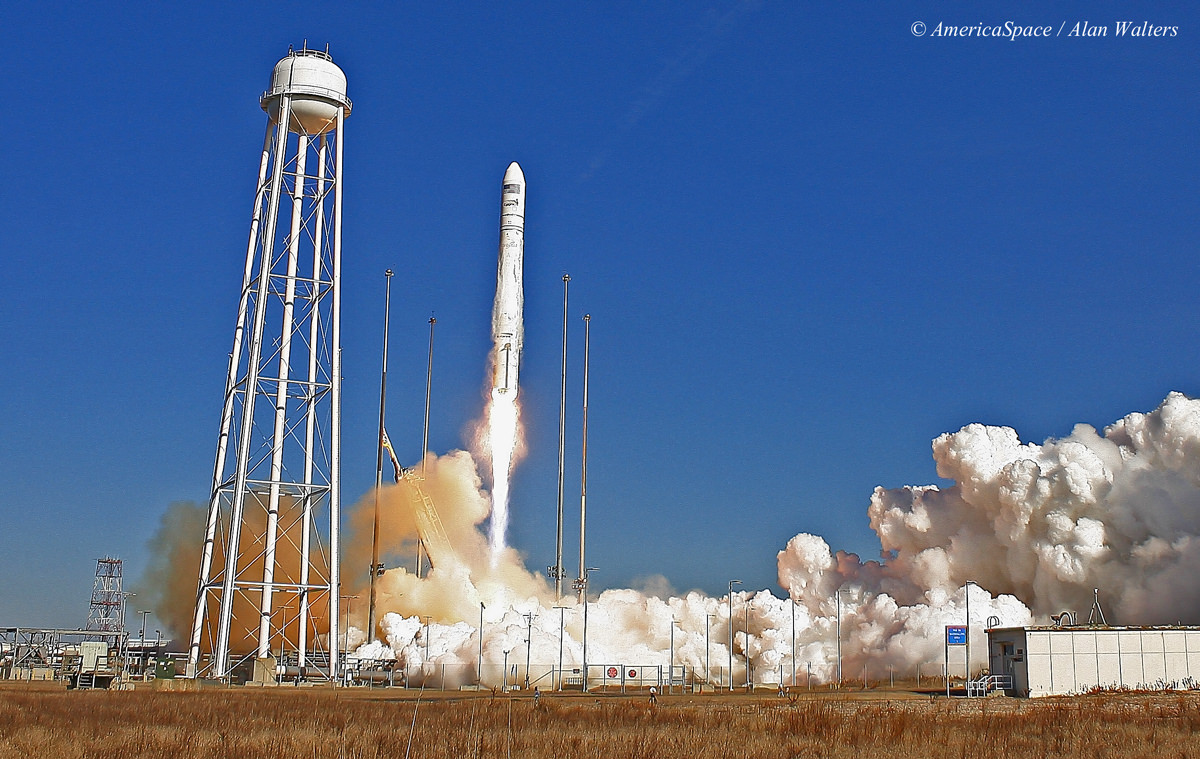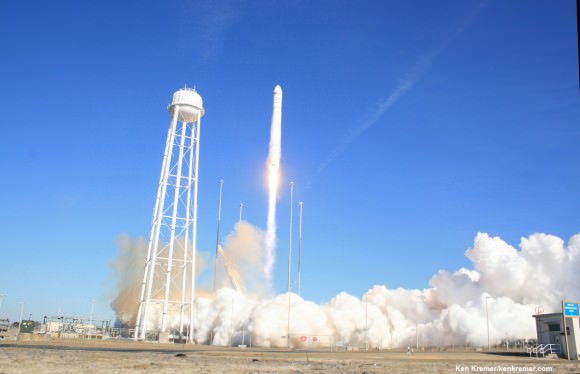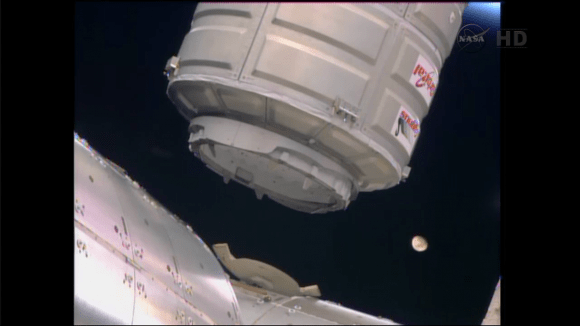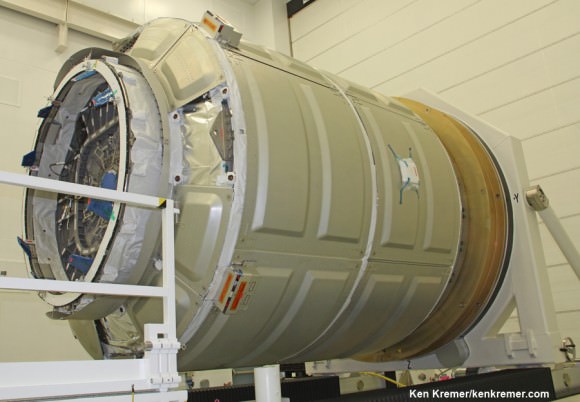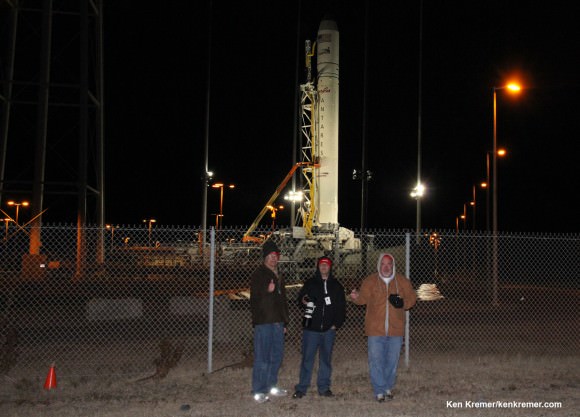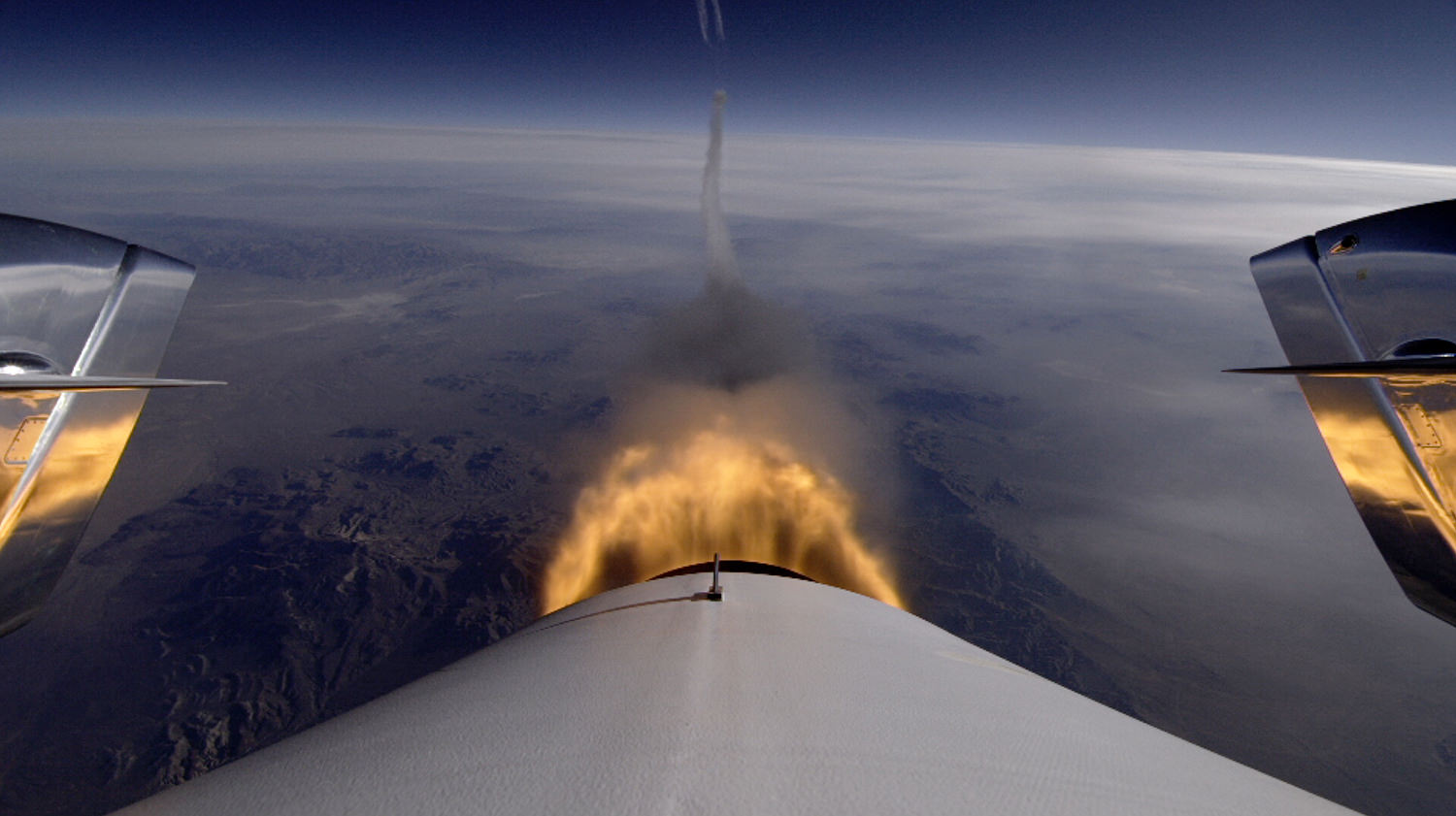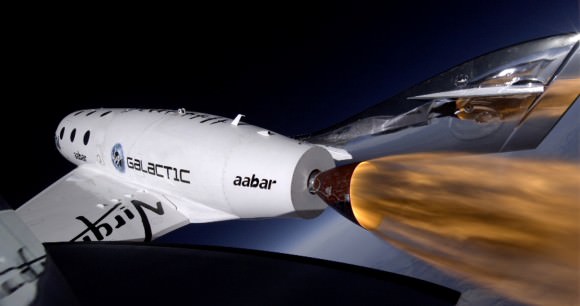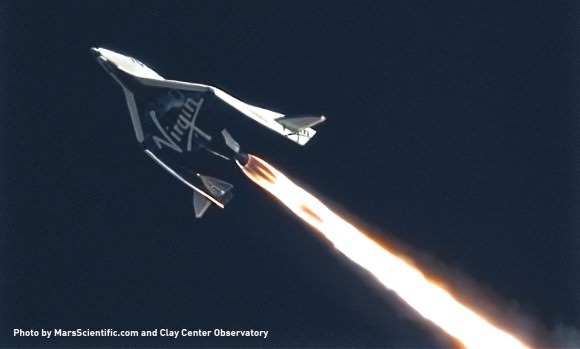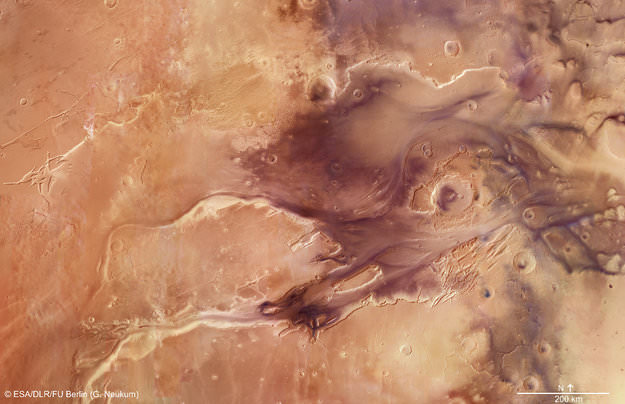The cosmos lost a good soul Wednesday. John Dobson, famous as the creator of the simple, low-cost Dobsonian telescope, passed away on Jan. 15, 2014. His obituary appeared on the website of the Sidewalk Astronomers:
“It is with heavy hearts that we must report the passing of John Dobson. He died peacefully this morning, Wednesday, January 15th, in Burbank, California. He was 98 years old. He leaves behind a son, numerous close friends, and fans and admirers worldwide.
On March 8th, in honor of John, this year’s ISAN (International Sidewalk Astronomy Night) will be dedicated to his memory. Amateur astronomers around the globe can join in and celebrate John’s life and continue to carry the torch that he lit back in 1968 when he co-founded the San Francisco Sidewalk Astronomers.”

Dobson was born in Beijing, China but moved with his parents to San Francisco in 1927. After spending 23 years in a monastery, some of which time was spent sneaking out to build telescopes and observe the night sky, he left to co-found the San Francisco Sidewalk Astronomers in 1968, a group dedicated to showing people on the street the wonders of the night sky using large (for the time) telescopes.
Dobson’s interest in astronomy started in the early 1950s when he built a small telescope using spare parts found in a junk store. He wanted to see for himself what the universe looked like. By 1956, John got a hold of a 12-inch slab of porthole glass and ground it into a mirror following instructions from Allyn J. Thompson’s classic book Making Your Own Telescope. His first look at the last quarter turned him into an astro-evangelist:
“It looks like you’re coming in for a landing,” he wrote in his own telescope making book many years later. From that moment on Dobson felt “that everybody who lives in this world has to see that.”
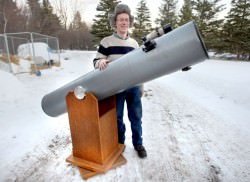
Toting beat-up, monster telescopes everywhere from downtown San Francisco and to national parks across the country, Dobson made good on his promise. He lectured widely on astronomy and cosmology, rejecting the Big Bang Theory for his own Recycling Steady State Theory.
Agree or not with his cosmology, Dobson shook up the amateur telescope making universe with an innovative telescope design based on simplicity. Most telescopes of his day were small refracting telescopes or small to modest-sized reflectors with metal tubes and heavy equatorial mounts. Neither was exactly user-friendly nor offered much light gathering ability.
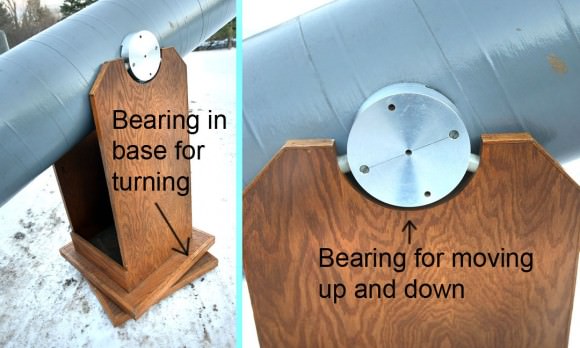
John used simple materials like porthole glass, cardboard tubes and wooden altitude-azimuth (alt-az) mounts to build incredibly easy to use large telescopes. However primitive, his instruments delivered bright and satisfying images of all the cool, faint stuff in the sky to the average Joe and Jane. Each telescopes had its own name: Little Bertha, Delphinium, Stellatrope, Little One (an 18-incher).While alt-az mounts were nothing new, Dobson combined cheap materials, large mirrors and a simpler approach to mountings that made his telescope style unique. Too unique for some.
Get to know John Dobson a little better in this video titled “Have Telescopes, Will Travel”
In the summer of 1969 Dobson pitched his simple ideas to Sky and Telescope magazine. Then-editor Charles Federer wrote back a polite rejection, stating that Dobson’s techniques weren’t up to standards and “could hardly lead to satisfactory instruments in the kind most amateurs want in these large sizes.”
How wrong this early assessment would turn out to be! His ideas became widely adopted starting in the early 1980s, when Coulter Optical began manufacturing 13.1-inch and 17.5-inch large reflecting telescopes with inexpensive mirrors and simple alt-azimuth mounts that soon were called “Dobsonian” because they were based on John’s original designs.

These days, Dobsonian reflecting telescopes have gone viral. There are how-to books on how to build everything from simple to sophisticated Dobsonsians , including Dobson’s own unique plywood-bound How and Why to Make a User-Friendly Sidewalk Telescope. Don’t want to build one yourself? Most telescope outlets sell several lines of Dobsonians. Heck, my 10-inch and 15-inch reflectors, the most used of my instruments, originate from John’s genius.
When someone asks me to recommend a telescope, I always say “Get a Dobsonian!” They’re extremely portable, very stable, quick to set up and take down and the least expensive per inch of aperture of any scope out there.

Dobson wanted everyone to share in the universe’s bounty, the better to appreciate our lives and our world. The next clear night tilt your head back, gaze up at the stars and imagine John up there smiling. What an incredible view he must have.


